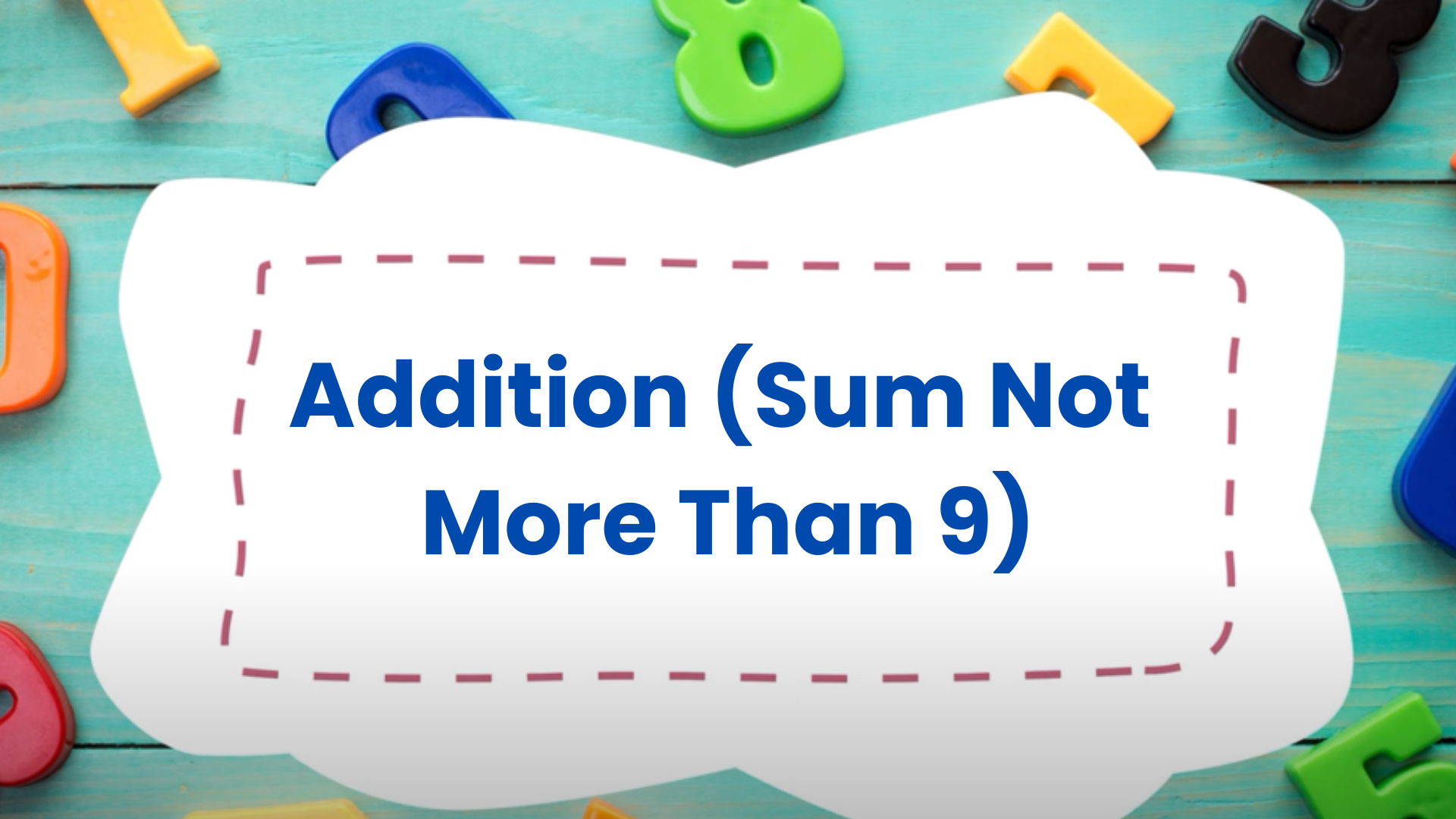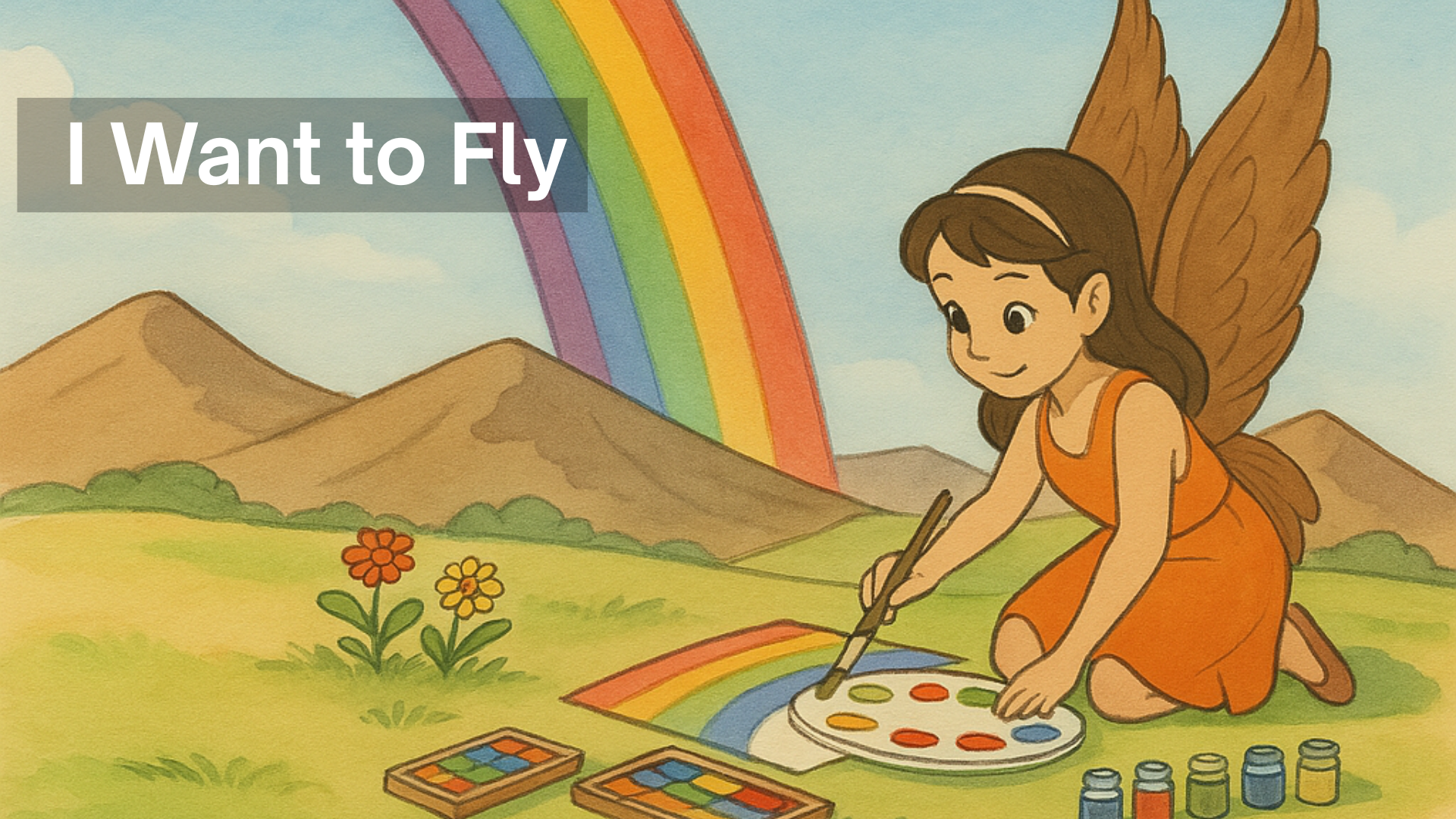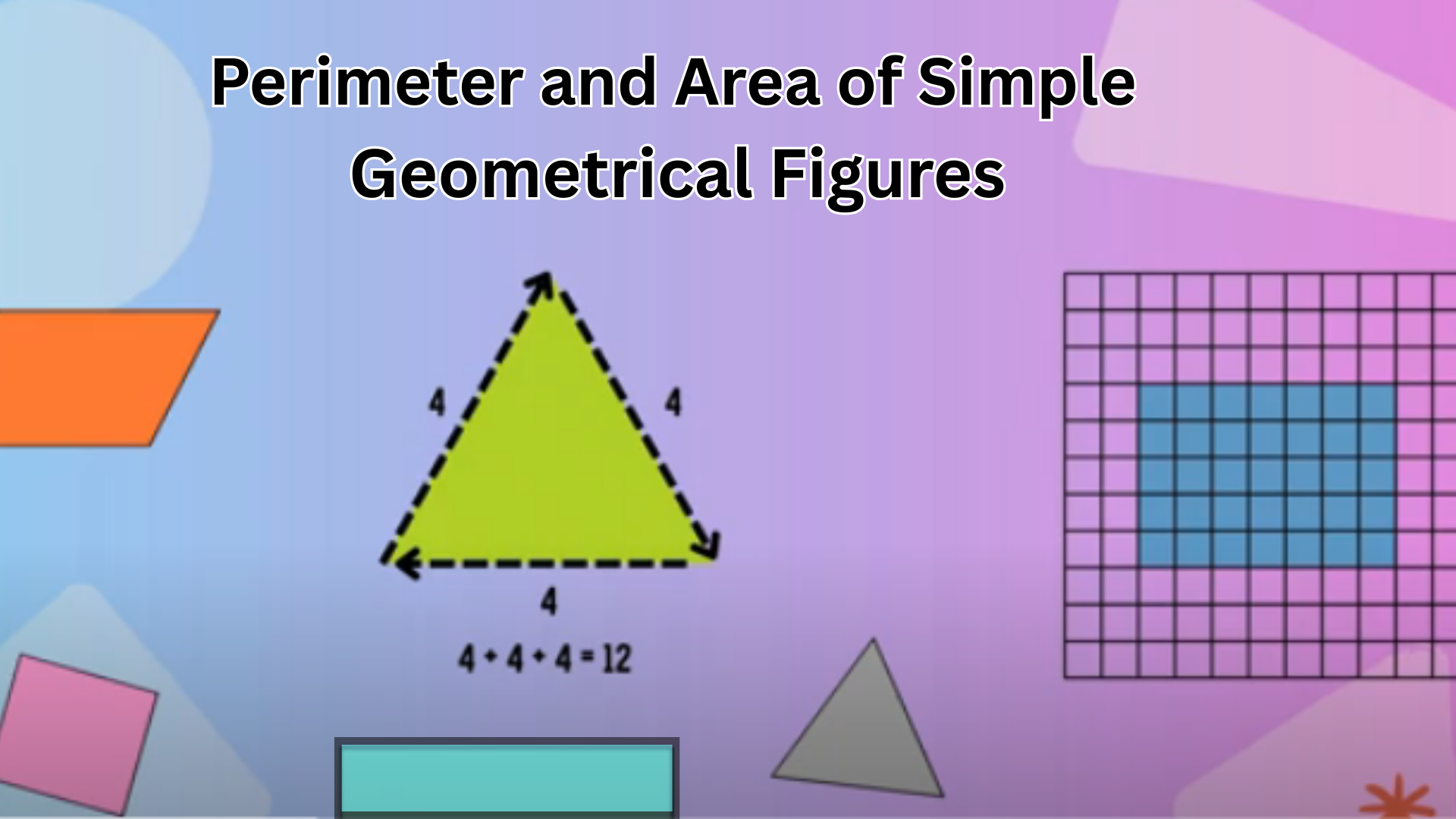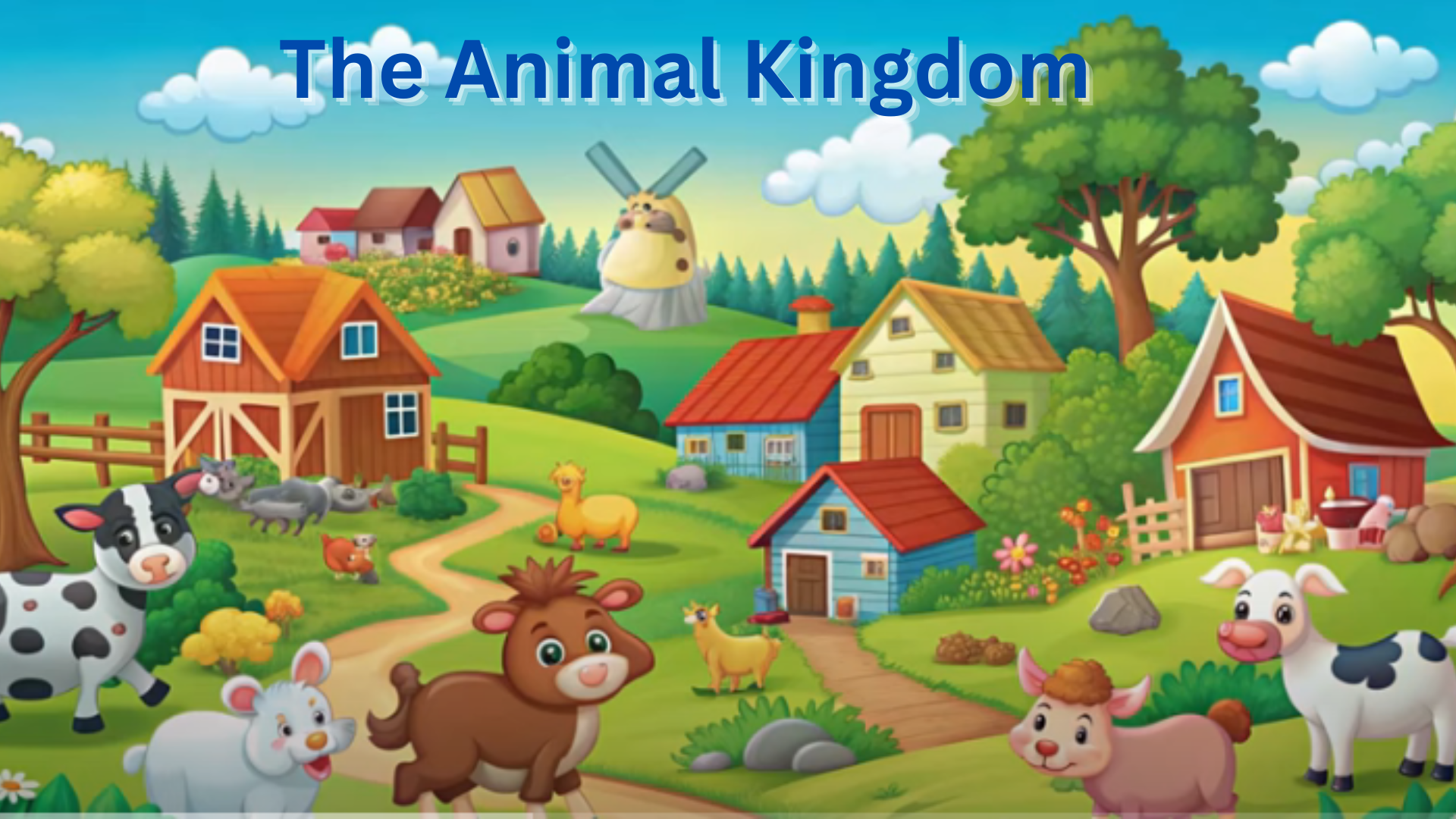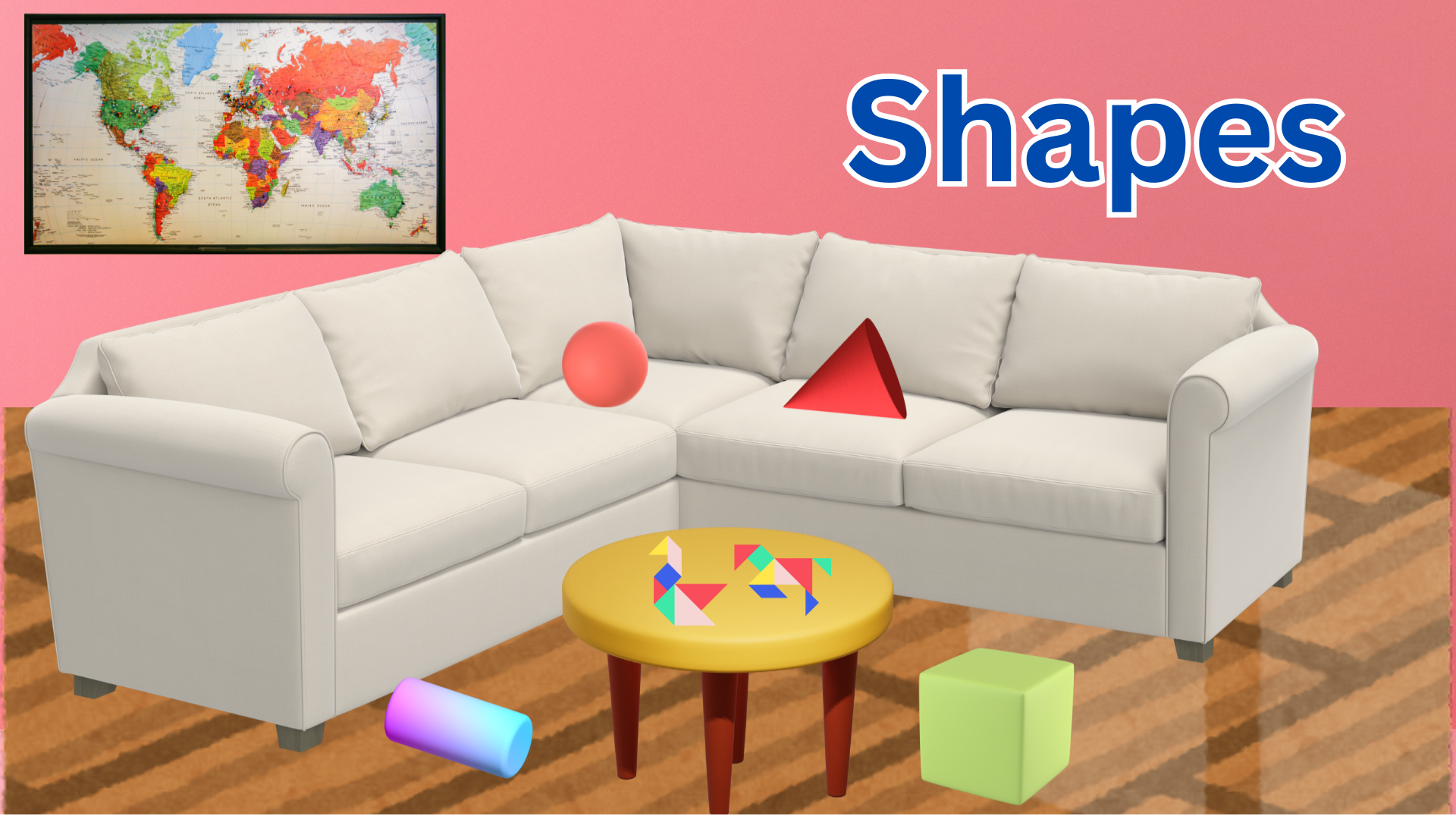Once upon a time, there were three beautiful butterflies: a pink one, a red one, and a yellow one. They loved playing in the sunshine, flying from one flower to another. They danced in the air, feeling the warm breeze and never growing tired. One day, the weather changed, and it started to rain. The butterflies got all wet. They needed a place to stay dry. So, the pink butterfly flew to a rose and said, “Good Rose, could you please open your petals so we can take shelter from the rain?” The rose kindly replied, “I’d love to shelter you, pink butterfly, because you look like me. But I can’t shelter your two friends.” The pink butterfly was sad. She said, “If you won’t shelter my friends, then I don’t want to shelter here either. I’ll stay wet rather than leave them.” Then, they flew to a sunflower. “Dear Sunflower, please open your petals and help us stay dry,” said the yellow butterfly.The sunflower smiled and said, “I’d be happy to shelter you, yellow butterfly, but not the others.” The yellow butterfly replied, “If you won’t shelter my friends, I’d rather stay wet with them.” The sun, who had been hiding behind the clouds, had heard everything. He was so happy to see the butterflies sticking together. So, he chased the rain away, and the clouds disappeared. The sun shone brightly and dried the butterflies’ wings. Now, the butterflies could play and dance from flower to flower, just like before. They were happy to be together again and enjoyed the rest of the day. FAQs Why didn’t the pink butterfly want to stay with the rose? The pink butterfly didn’t want to stay with the rose because the rose only wanted to shelter her and not her two friends. The pink butterfly cared about her friends and didn’t want to leave them. Why did the yellow butterfly stay with her friends? The yellow butterfly stayed with her friends because she didn’t want to leave them out in the rain, even though the sunflower offered her shelter. How did the butterflies feel at the end of the story? The butterflies were happy because the sun helped them, and they were able to play again, flying from flower to flower with their wings dry and ready to dance. What did the sun do when he saw the butterflies? The sun was happy to see the butterflies together. He chased away the rain and dried their wings so they could play and have fun again. Take assessment: 1. Multiple Choice Questions (MCQs) What were the three butterflies’ colors? a) Red, Blue, Green b) Pink, Red, Yellow c) Pink, White, Yellow d) Yellow, Green, Red Where did the butterflies go to seek shelter first? a) A tree b) A rose c) A sunflower d) A cloud What did the pink butterfly say when the rose wouldn’t shelter her friends? a) “I will stay dry.” b) “I’ll stay wet, rather than leave my friends.” c) “I’ll go somewhere else.” d) “I’m leaving now.” Who helped the butterflies after they were wet from the rain? a) The rose b) The sunflower c) The sun d) The clouds 2. True or False Questions The yellow butterfly was the first to ask for shelter from the rain. (True/False) The rose agreed to shelter all three butterflies. (True/False) The pink butterfly was willing to stay wet rather than leave her friends. (True/False) The sun was happy to see the butterflies together. (True/False) 3. Fill in the Blanks There were ________ butterflies in the story. The rose said she would shelter the ________ butterfly, but not the other two. The sun quickly chased the ________ and dried the butterflies’ wings. The butterflies loved to ________ from flower to flower. 4. Short Answer Questions Why did the pink butterfly refuse to stay with the rose? How did the yellow butterfly feel when the sunflower didn’t shelter her friends? What did the butterflies do after the sun dried their wings? What lesson do you think the butterflies’ actions teach us? 5. Wh-Questions (Comprehension) Who helped the butterflies when they were wet? What did the pink butterfly say to the rose? Where did the yellow butterfly go for shelter? Why did the butterflies stay together during the rain? 6. Sequencing the Story Put the events of the story in the correct order: The sun dried the butterflies’ wings. The butterflies asked the rose for shelter. The butterflies flew to the sunflower. The rain started, and the butterflies got wet. The butterflies danced from flower to flower. 7. Match the Following Match the flowers to their actions: Rose – a) Sheltered the yellow butterfly Sunflower – b) Sheltered the pink butterfly Sun – c) Sheltered all three butterflies Pink Butterfly – d) Stayed with friends rather than leave them 8. Picture-based Questions Draw the three butterflies and their flowers. Label each butterfly and flower. Can you draw a picture of the sun helping the butterflies? 9. Opinion-based/Creative Response Questions If you were one of the butterflies, would you have stayed with your friends, like the pink and yellow butterflies? Why or why not? How do you think the butterflies felt after the sun dried their wings? Imagine you are the rose or sunflower. How would you have felt if you couldn’t shelter all three butterflies? 10. Vocabulary Questions What does the word “shelter” mean in this story? What do we call the colorful parts of a flower that the butterflies sit on? What does it mean to “desert” someone?

